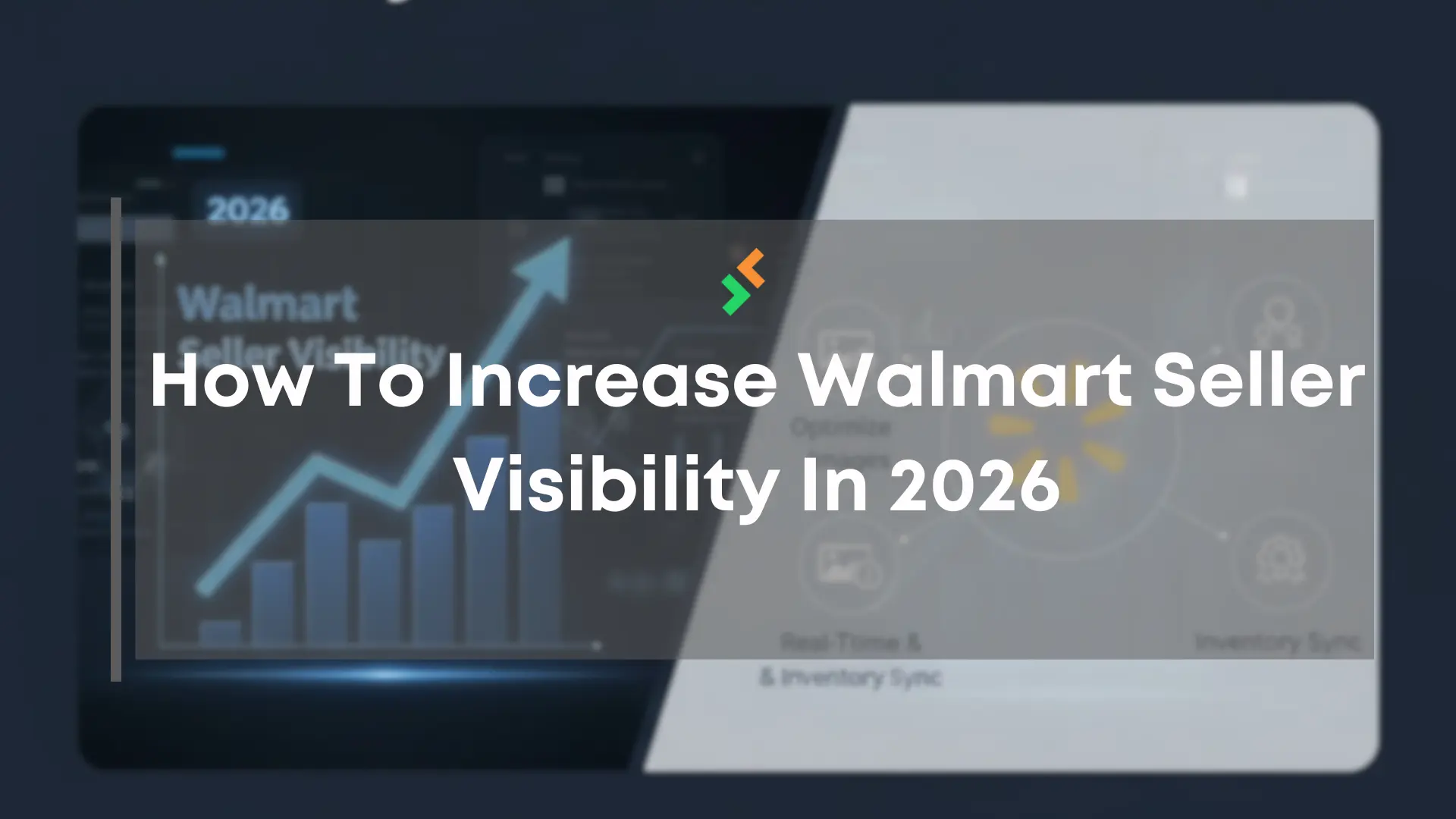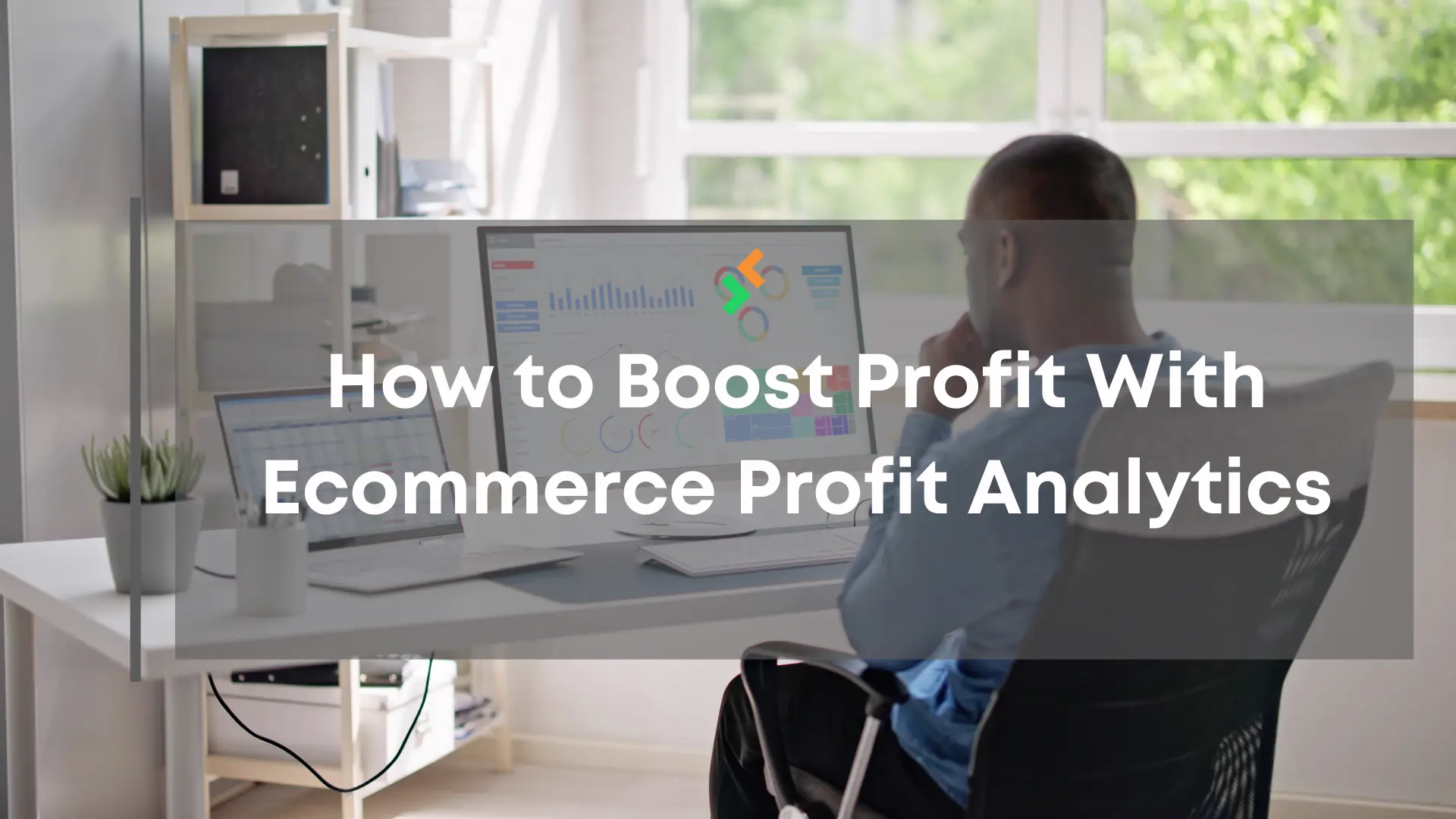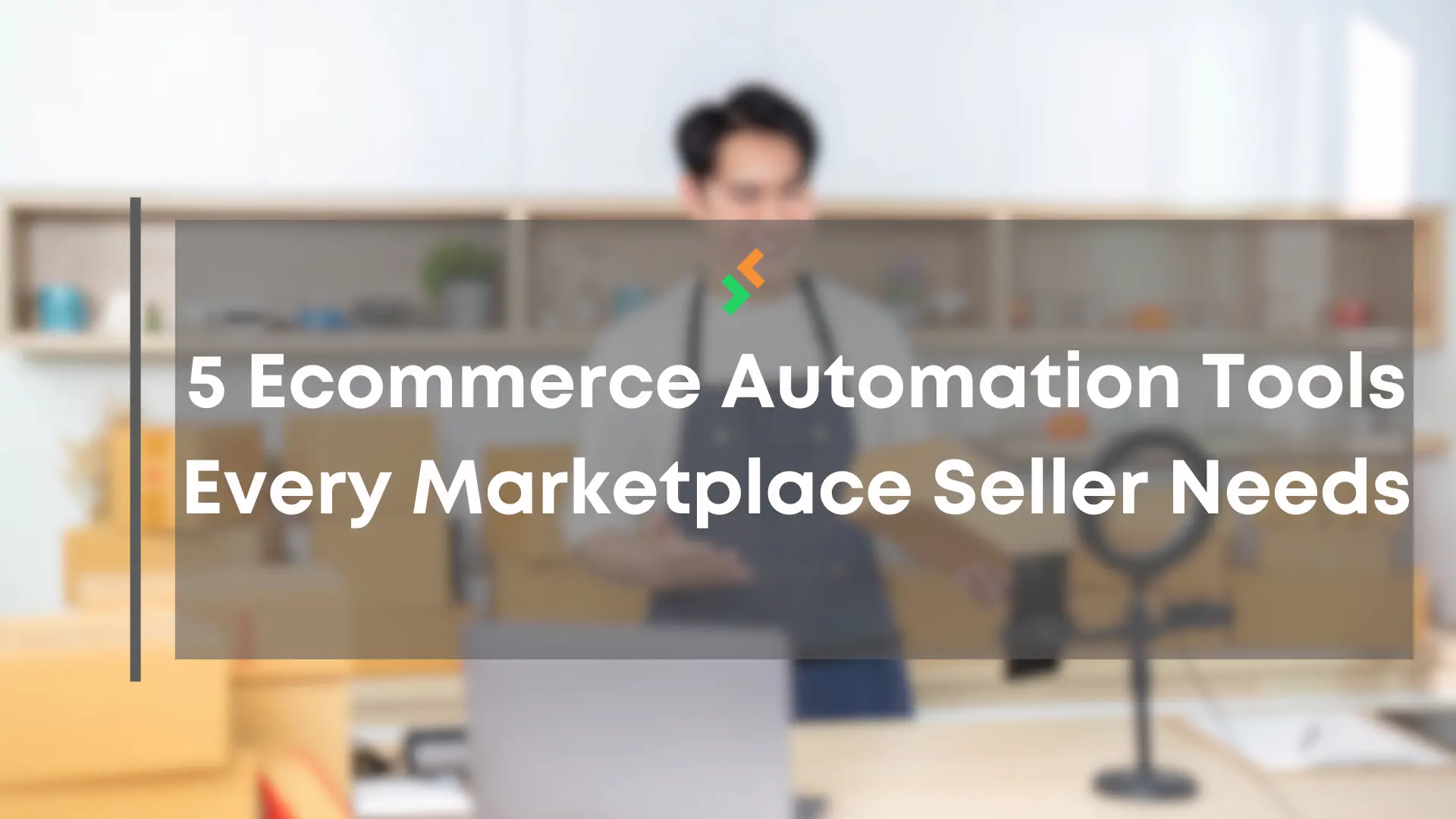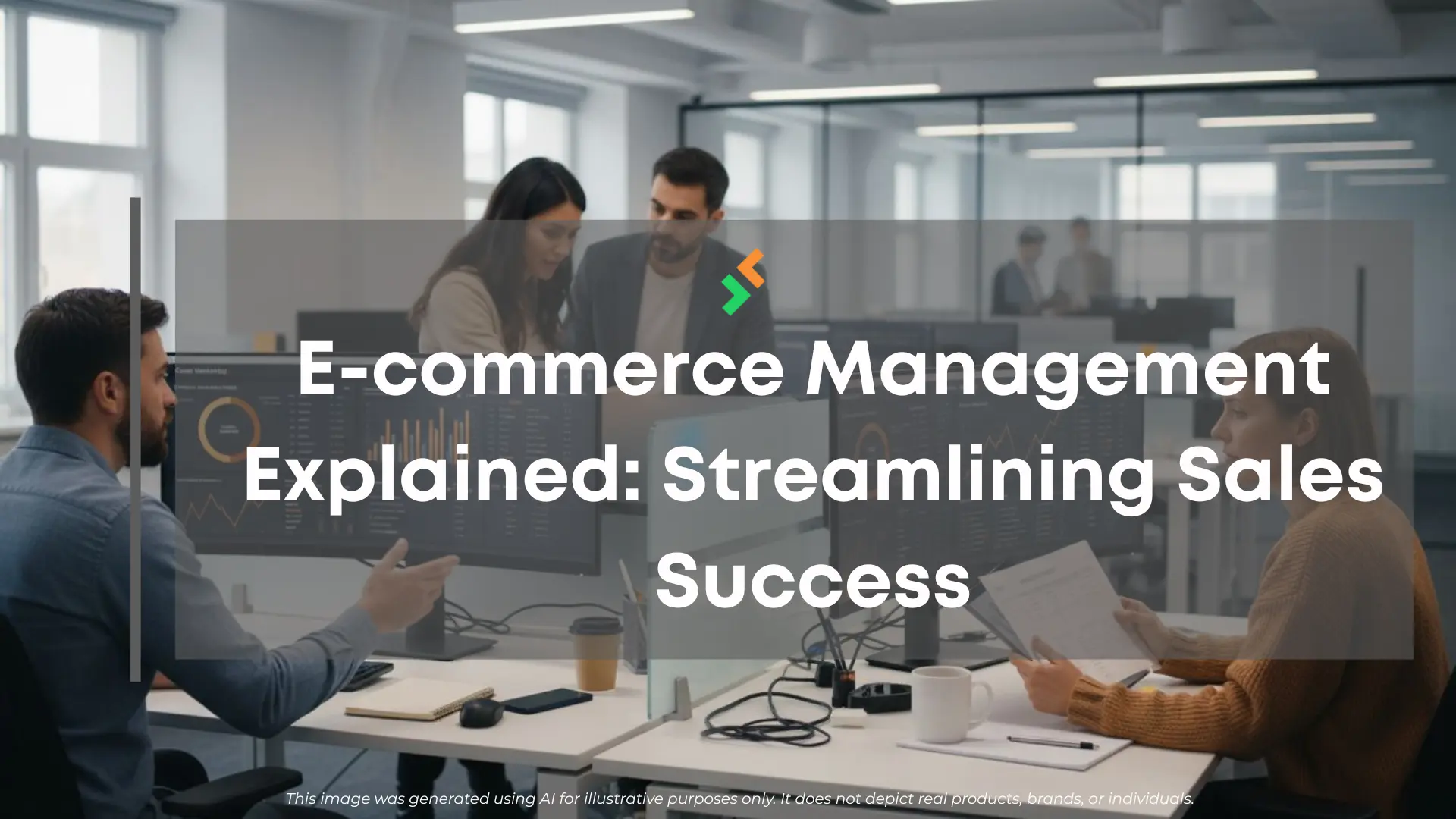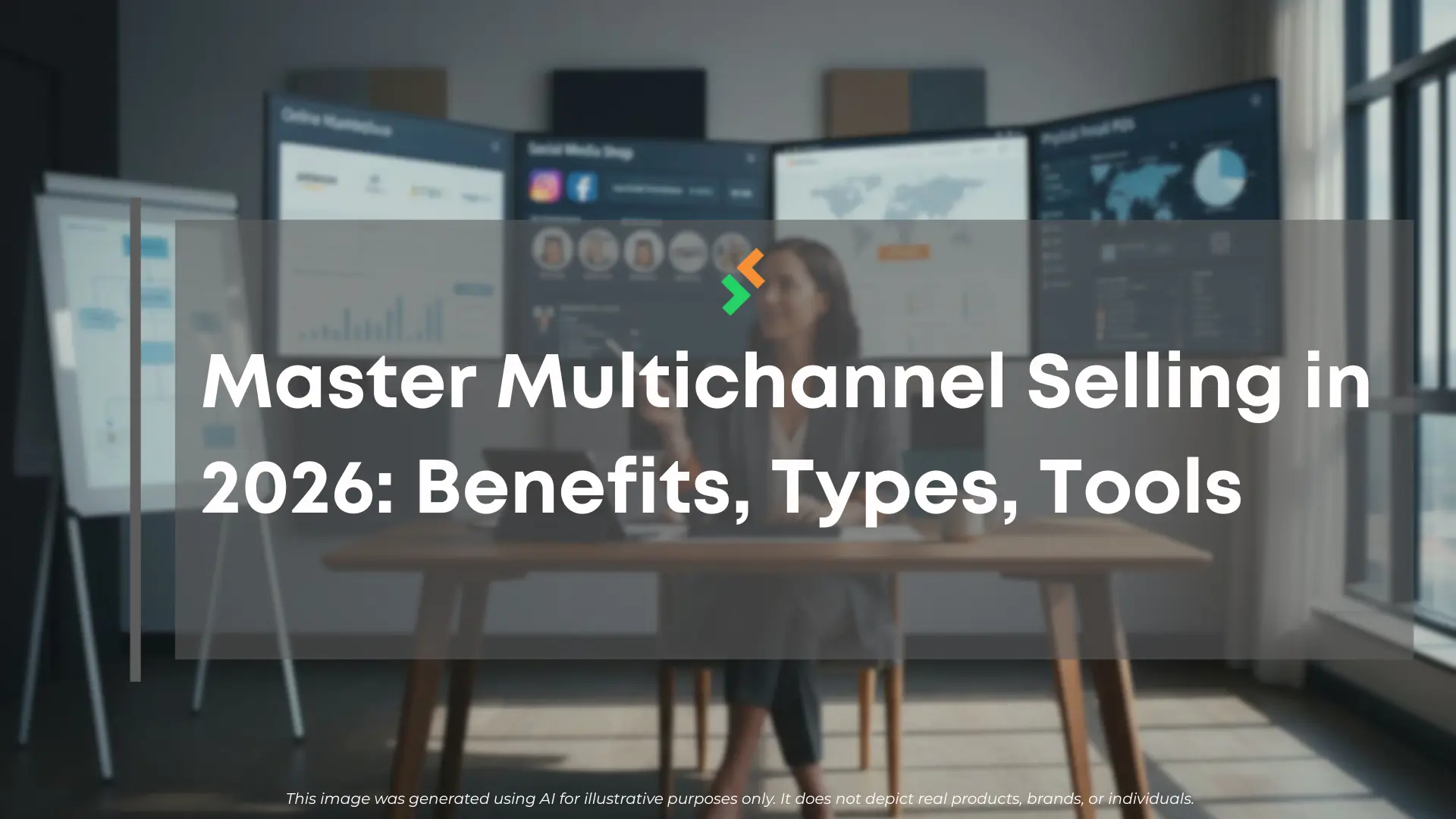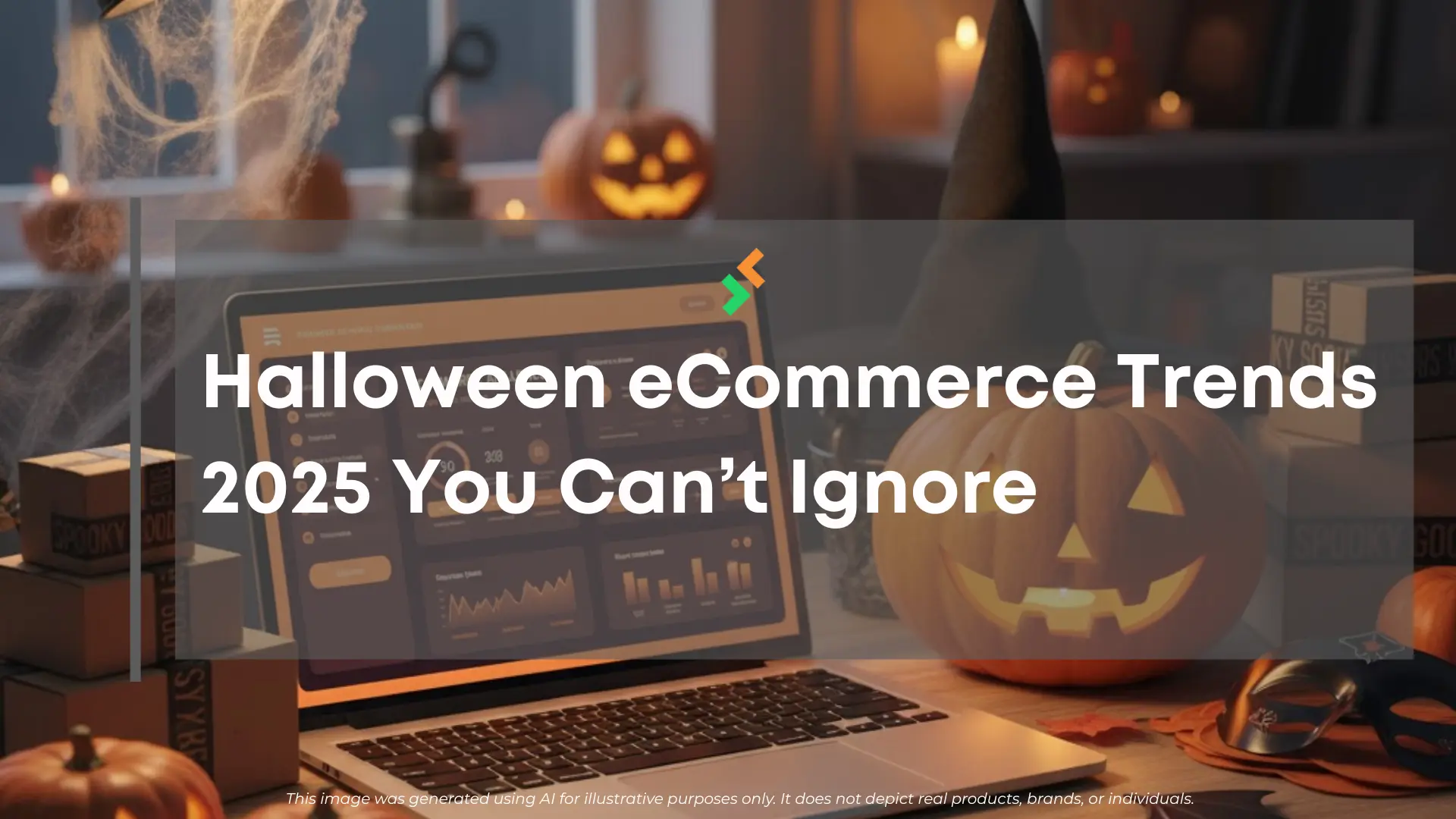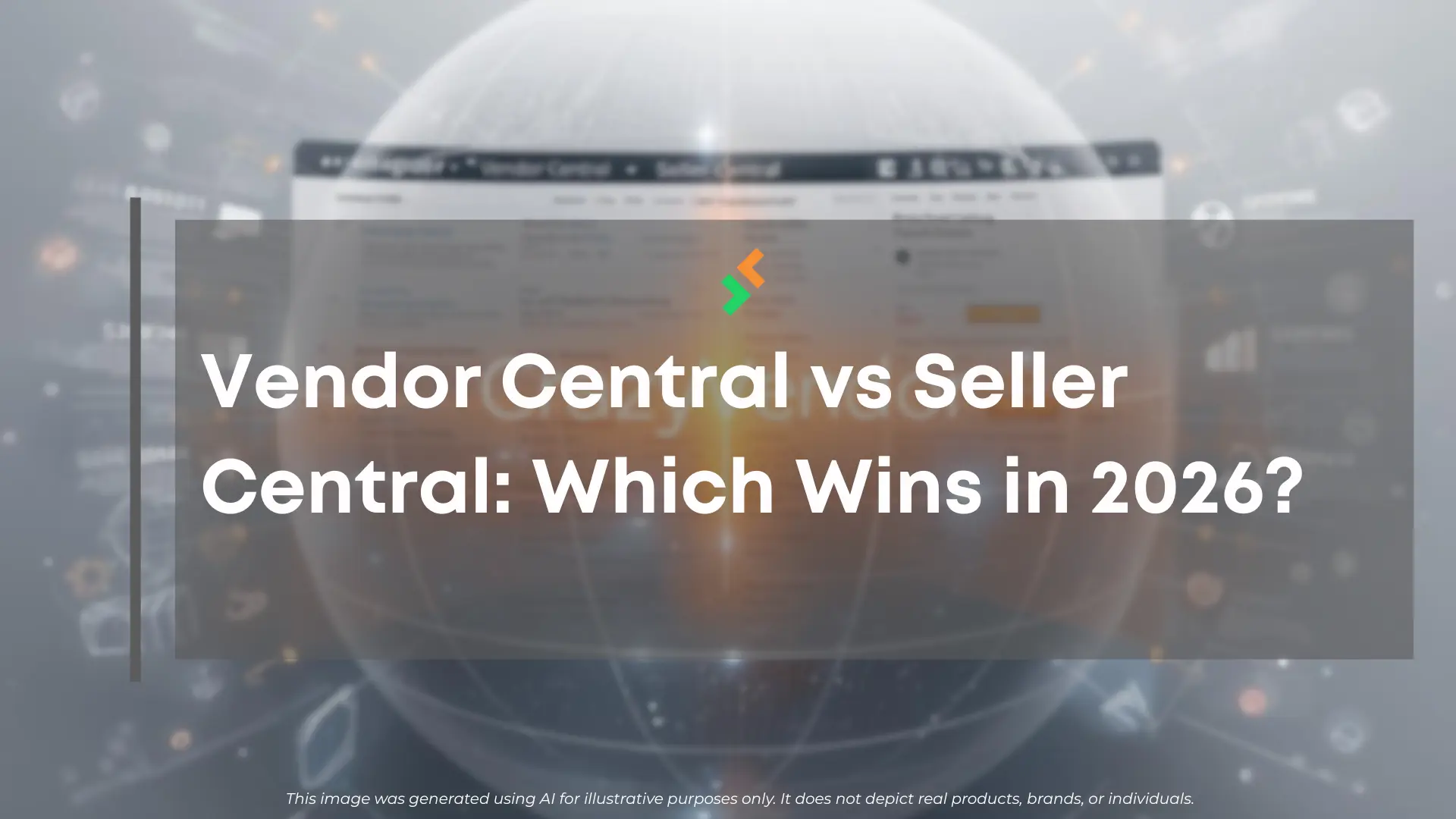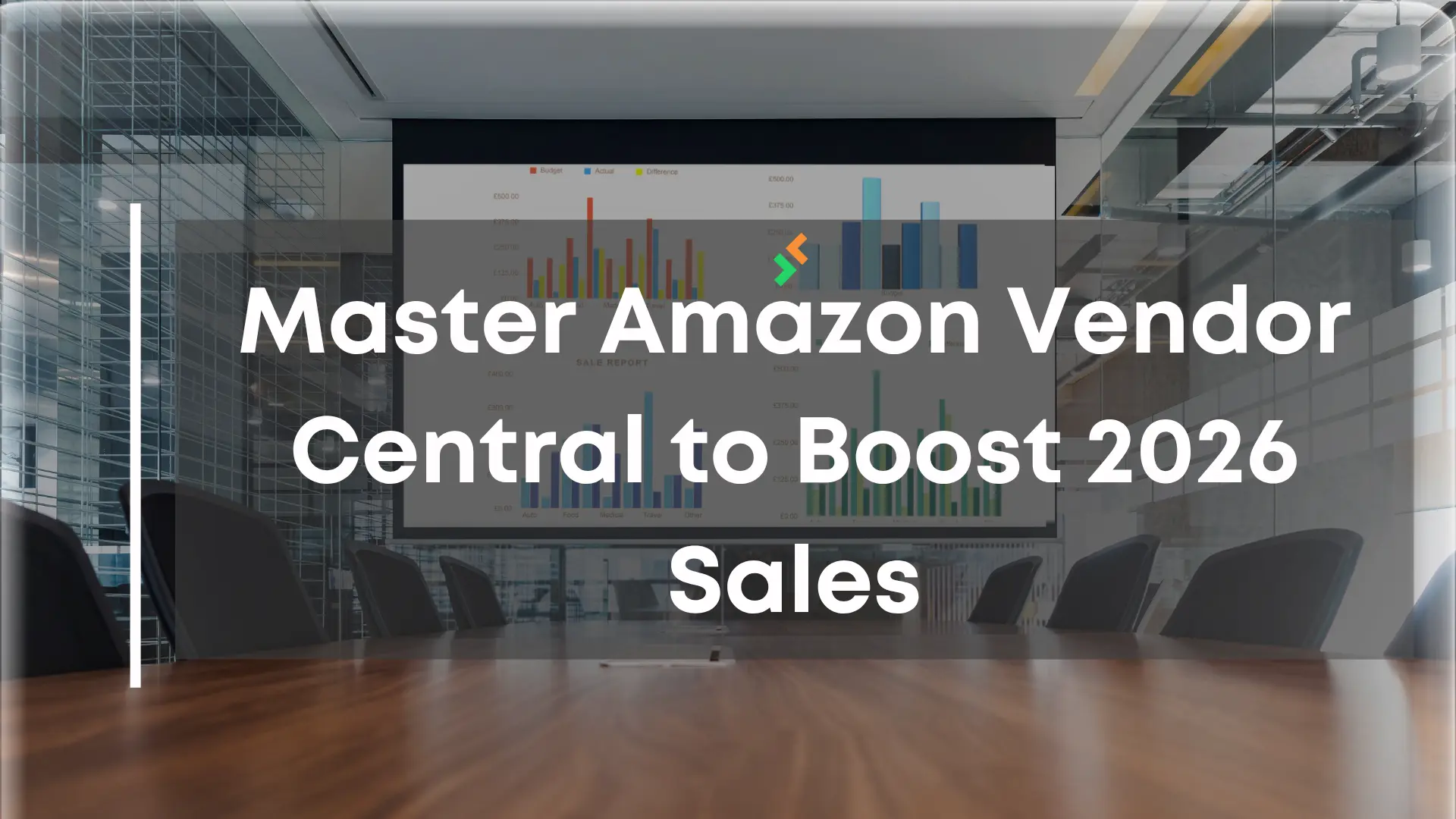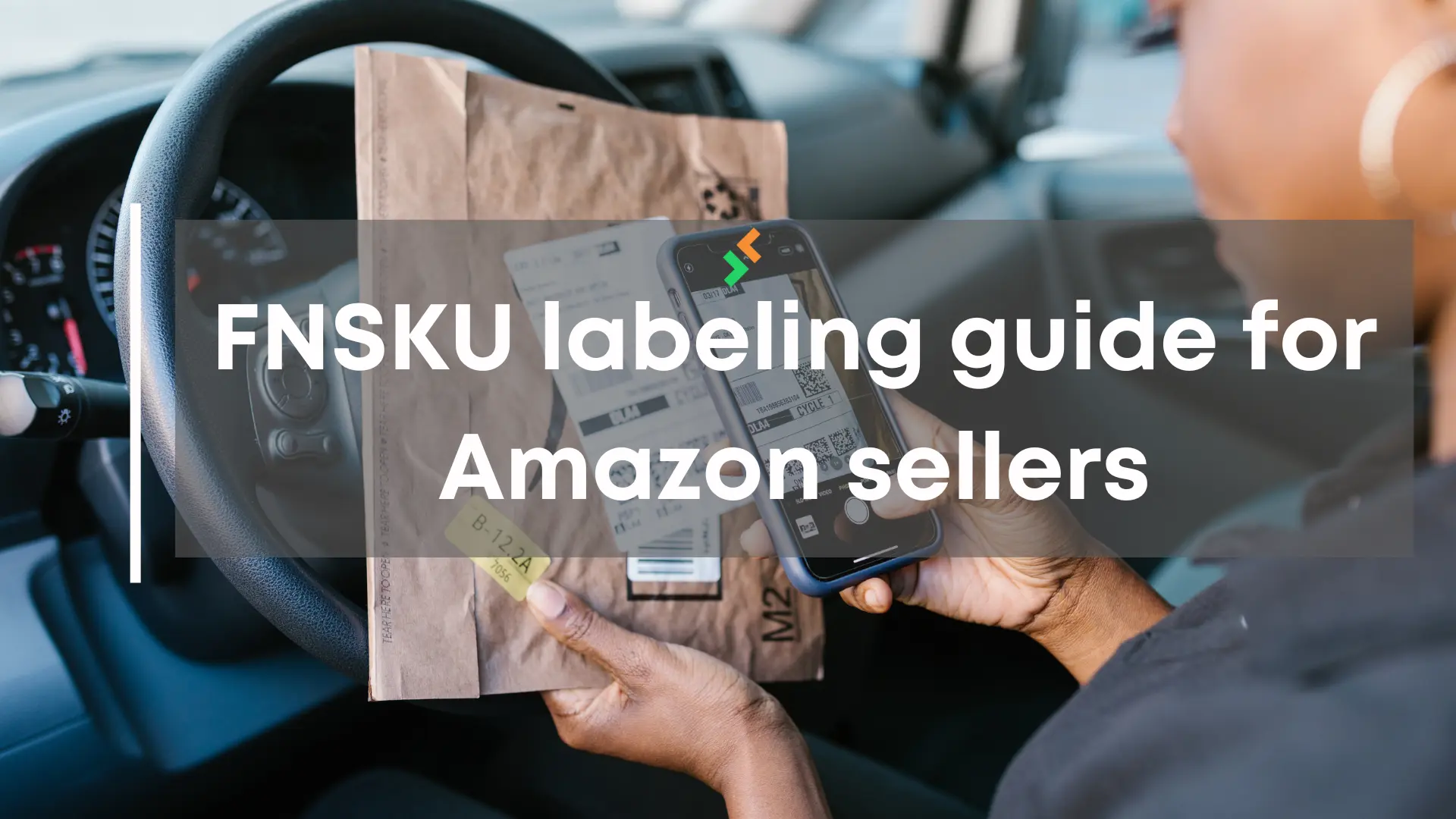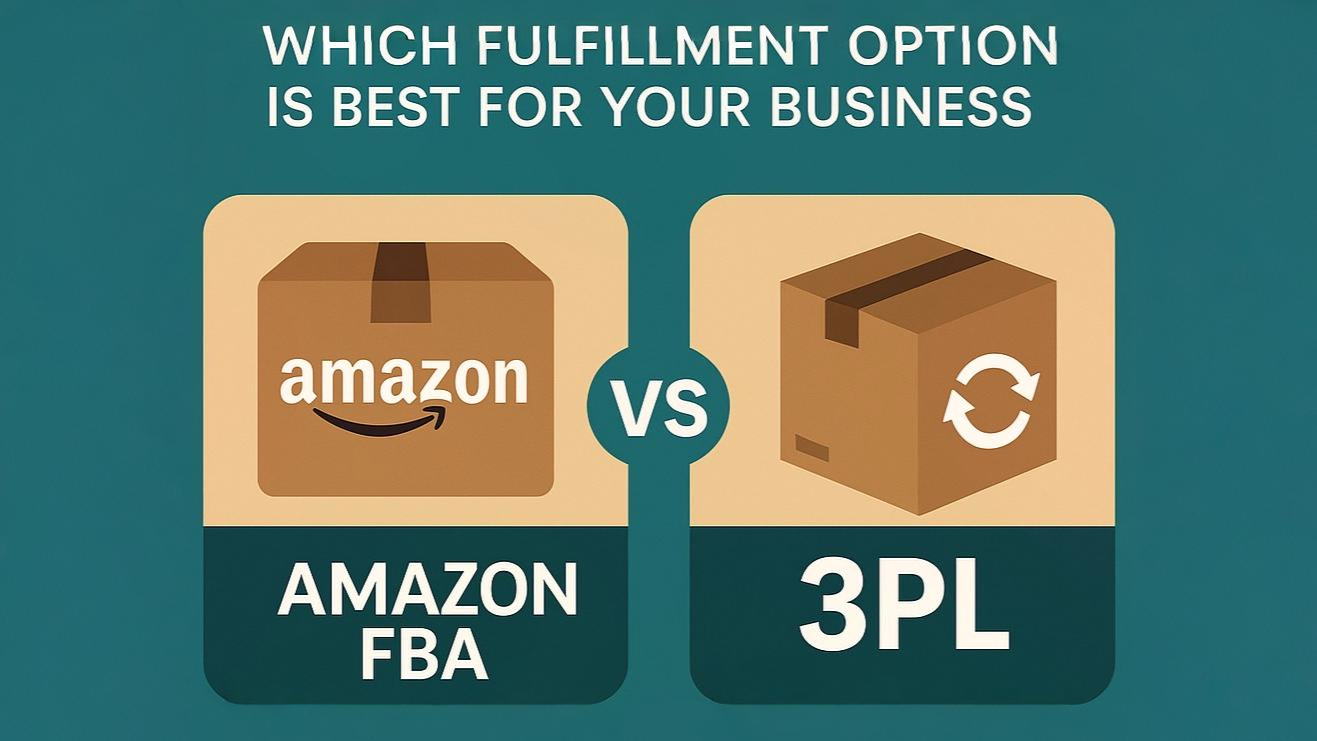
Amazon FBA vs 3PL is a hot topic for online sellers trying to choose the right fulfillment partner. A fulfillment service helps eCommerce businesses handle the behind-the-scenes work—storing inventory, packing orders, and shipping them out. You don’t have to touch the product when someone buys from your store. Your fulfillment provider does all the heavy lifting.
In e-commerce, this shift is a game-changer. It frees up your time, reduces errors, and allows you to focus on business growth. Choosing between Amazon FBA and 3PL comes down to your priorities—do you want Amazon’s speed and reach or the flexibility and control of a third-party provider? Understanding how both systems work can help you optimize costs, improve customer satisfaction, and scale faster.
We’ll explore their key differences, pricing structures, integration options, inventory control, branding flexibility, and long-term scalability so you can decide which model fits your business best.
Table of Contents
Why Fulfillment Services Are Important?

Fulfillment services are essential for online businesses that want to deliver quickly, scale easily, and meet customer expectations. Whether you’re using Amazon FBA vs 3PL, the goal is the same: keep orders moving efficiently from your warehouse to your customer’s door. They take care of the heavy lifting so you can focus on growing your business instead of packing boxes.
Faster Order Processing
Fast delivery can make or break a sale. Fulfillment providers help you speed things up by handling everything from receiving inventory to shipping out orders. This is especially helpful during high-demand seasons. When comparing Amazon FBA vs 3PL solutions, both offer fast turnaround times, but the level of control and flexibility can vary.
Save Money and Resources
Running your own warehouse comes with high overhead. Fulfillment services let you avoid those costs. You pay only for the space and services you need. Some 3PLs offer discounted shipping rates through partner carriers, while Amazon FBA simplifies the process with built-in pricing tiers. Choosing the right fit can help you save thousands in operations each year.
Easy to Scale
As your store grows, order volume increases—and that’s when fulfillment really shines. Using a scalable solution like Amazon FBA vs 3PL allows you to expand without adding more staff or infrastructure. FBA can absorb your growth instantly, while many third-party logistics providers offer custom solutions that evolve with your business.
Better Customer Experience
Customers expect fast shipping and easy returns. Fulfillment services are delivered on both fronts. Orders go out on time, tracking is updated automatically, and returns are handled with minimal hassle. Services like Amazon FBA vs 3PL both aim to enhance customer satisfaction, but some 3PLs also offer branded packaging options that give a more personalized touch.
Focus on What Matters
When you’re not worried about boxes and shipping labels, you can finally focus on the big picture—developing products, strengthening your brand, and engaging your audience. Fulfillment services take a load off your shoulders. Many small businesses using Amazon FBA vs 3PL find that outsourcing logistics gives them the breathing room to think strategically.
Learn how CrazyVendor helps sellers streamline operations and scale smart with modern fulfillment strategies.
How Fulfillment Services Work?
Fulfillment is a step-by-step process that takes over once your products are ready to sell. Whether you’re using Amazon FBA or a third-party logistics provider, the flow is fairly similar.
Step 1 – Send Your Products
You ship your inventory to the fulfillment center, where it’s sorted and stored. With Amazon FBA, there are stricter packaging requirements, while most 3PLs are more flexible. It all depends on how much control you want over the process.
Step 2 – Customer Places an Order
Once someone orders from your website or marketplace, the fulfillment system kicks into gear. If you’re using Amazon FBA, it automatically picks up the order from Amazon’s platform. 3PLs usually integrate directly with platforms like Shopify or WooCommerce.
Step 3 – Items Picked and Packed
Warehouse staff retrieve the items, pack them safely, and get them ready for shipping. Some services allow custom branding or inserts—this is where a 3PL might offer an edge over FBA, which uses standardized Amazon packaging.
Step 4 – Shipping and Tracking
The order ships out using a partnered carrier. Amazon FBA handles this through their Prime network, while 3PLs give you a choice of couriers like UPS or FedEx. Tracking info is sent to the customer, keeping them in the loop.
Step 5 – Returns and Inventory Updates
Returns go back to the fulfillment center, where they’re processed and either restocked or flagged. Both Amazon FBA and most 3PLs allow you to monitor your inventory in real-time, helping you stay organized and restock smartly.
For advanced tips on managing multiple sales channels and fulfillment flows, check out CrazyVendor’s post on distributed order management.
What is Amazon FBA vs 3PL?
What is Amazon FBA
Amazon FBA (Fulfillment by Amazon) is Amazon’s service. You send products to Amazon, and they take care of everything—storage, packing, shipping, returns, and even customer service. Your products also become eligible for Prime shipping, which customers love.
What is 3PL
3PL stands for third-party logistics. These companies offer similar services to Amazon FBA, but they aren’t tied to Amazon. You can use 3PLs to ship products sold on Shopify, Walmart, or your own website. They offer more flexibility and branding control.
With Amazon FBA vs 3PL, the main difference is that FBA is Amazon-only, while 3PLs support multi-channel selling.
Comparing Amazon FBA vs 3PL
When choosing the right fulfillment method, comparing Amazon FBA vs 3PL helps you see which one fits your business best. Each one has its own strengths depending on where you sell, how you want to present your brand, and how much control you need over the process.
Amazon FBA vs 3PL starts with platform use. FBA is built into Amazon, so it’s perfect for sellers who mostly sell there. Everything is automated within the Amazon system. On the other hand, 3PL works across many platforms—Shopify, Walmart, eBay, even your own website—making it ideal if you sell on more than one channel.
Another big difference in Amazon FBA vs 3PL is branding. Amazon ships your products in their own boxes with little room for custom touches. If branding is important to you, a 3PL gives you more freedom—custom packaging, inserts, and even thank-you notes that help build customer loyalty.
Shipping speed is a major point in Amazon FBA vs 3PL comparisons. FBA gets you access to Prime, which boosts your visibility and gives buyers fast shipping. 3PLs can also offer fast delivery, but Prime eligibility isn’t guaranteed, and shipping times depend on the provider’s network.
When it comes to fees, Amazon FBA vs 3PL brings up some major cost differences. FBA has fixed fees, including storage, fulfillment, and long-term inventory charges. During busy seasons, these can climb quickly. 3PLs often offer flexible pricing—you pay for what you use, and you can often negotiate better rates if your volume is high.
Customer service is one more key factor in Amazon FBA vs 3PL. Amazon handles returns and messages, saving you time but limiting your control. With a 3PL, you decide how returns are handled, giving you the chance to create a personal and consistent customer experience.
Tech and integrations also matter. Amazon FBA is smooth inside Amazon but may need extra tools to connect with outside platforms. A good 3PL integrates with multiple systems, giving you a single dashboard to track orders, inventory, and returns from different places.
If you’re planning to grow your business, understanding these areas will help you choose the best option. Want to avoid inventory mistakes and costly delays? Read more about CrazyVendor’s Mastering Warehouse Stock Control for Business Success.
Which is more cost-effective: Amazon FBA or 3PL
The best choice depends on your needs. Amazon FBA is easier if you only sell on Amazon. You get Prime shipping and hands-off logistics—but the fees can be high.
3PL may be cheaper for businesses that sell on multiple platforms. Their pricing is often more flexible and tailored. However, it may require more setup and planning.
Need help finding the right fulfillment partner? SuperDS shares a helpful breakdown of tools in their blog on eBay listing software that shows how sellers automate across platforms.
Amazon FBA vs 3PL for small and big businesses
For small businesses
Use Amazon FBA if you’re selling only on Amazon and need help with everything. It saves time and helps you grow without much setup.
Choose 3PL if you want to sell on your site or multiple channels. It gives you more freedom with packaging, branding, and pricing.
For big businesses
Big companies with lots of products and sales often prefer 3PL. It offers better flexibility, custom solutions, and international expansion.
However, using Amazon FBA for just your Amazon store can still be smart. It helps you scale fast with less overhead.
CrazyVendor explains more in their post on inventory forecasting for e-commerce—a key part of planning for either option.
Conclusion
When comparing Amazon FBA vs 3PL, think about where you sell, how much control you want, and what your goals are. Both are great—but one may fit your business better.
If you’re just getting started on Amazon, FBA might be the right fit. If you want to grow on multiple channels and build a unique brand, 3PL might be the better choice.

